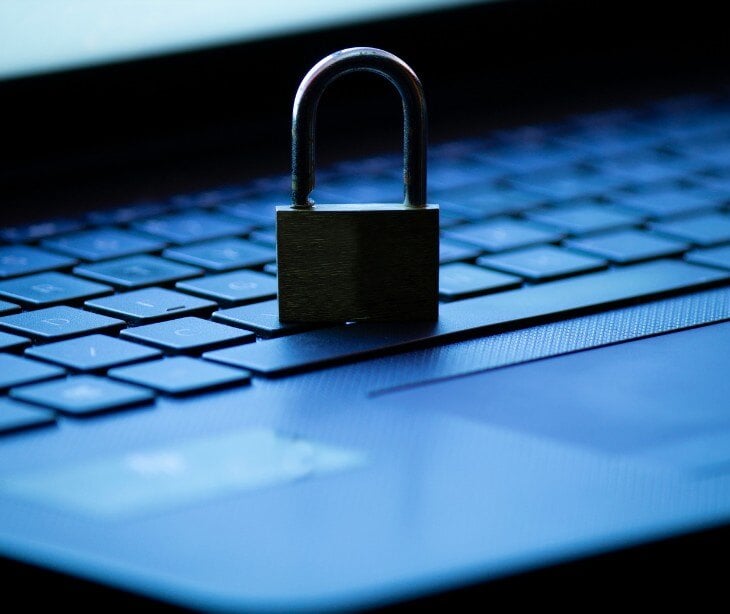4 min read
Using HIPAA compliant email to prepare patients for surgery
Surgical procedures require careful preparation to ensure patient safety, reduce anxiety, and optimize recovery outcomes.

4 min read
Surgical procedures require careful preparation to ensure patient safety, reduce anxiety, and optimize recovery outcomes.

5 min read
The healthcare industry is more digitally connected than ever, handling vast amounts of sensitive patient data while relying on complex systems to...

6 min read
Before the Health Insurance Portability and Accountability Act (HIPAA) became law in 1996, medical ethics and professional associations had...

5 min read
The HIPAA Privacy Rule protects patient data in research by requiring authorization for using protected health information except in cases where...

2 min read
Explainable AI (XAI) refers to artificial intelligence systems designed to make their decision-making processes transparent and understandable to...

5 min read
Several roles in healthcare and adjacent industries may inadvertently overlook HIPAA compliance due to a lack of awareness, training, or...

5 min read
Cyberattacks often exhibit recognizable patterns that can help in early detection and prevention. Recognizing these indicators early can...

2 min read
Natural language processing is a portion of artificial intelligence that allows computers to understand and interpret human language. With...

2 min read
The use of Natural Language Processing (NLP) in interpreting intake forms enables automated extraction and analysis of data, streamlining the process...

1 min read
Reducing the number of vendors is a way for healthcare organizations to improve the efficiency of operations. Operationally, vendor consolidation...

3 min read
According to the Centers for Medicare and Medicaid Services, “Health insurance is a legal entitlement to payment or reimbursement for your health...

2 min read
It’s important for those in healthcare management to successfully distribute responsibilities while ensuring patient data remains secure.

2 min read
A business associate is a person or entity that performs services or functions on behalf of a covered entity that involves the use or disclosure of...